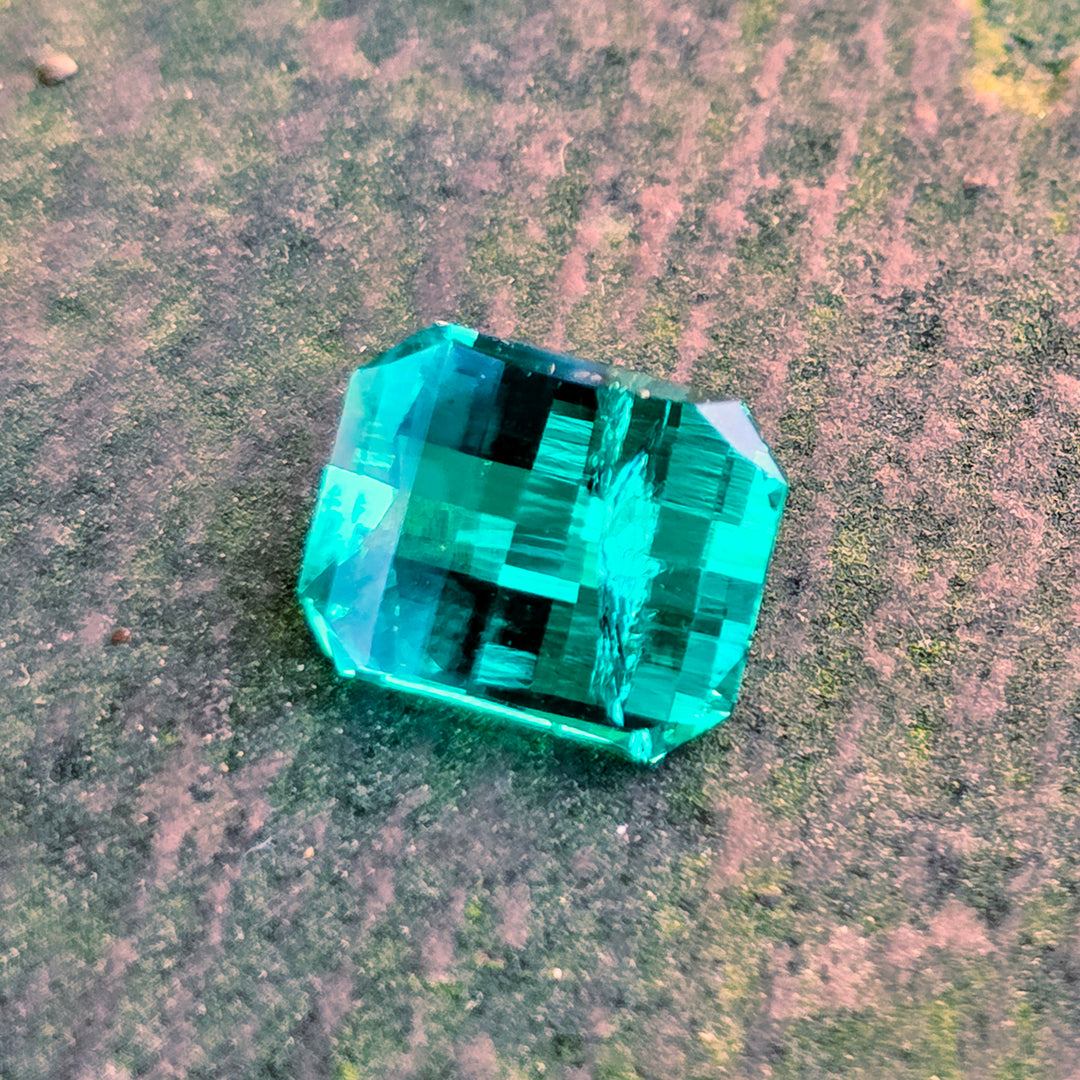Emeralds, known for their captivating green hue, have been prized throughout history for their beauty and rarity, symbolizing rebirth, wealth, and foresight. Their historical importance dates back to ancient civilizations like the Egyptians, who mined emeralds as early as 1500 BCE. Cleopatra, the famous Egyptian queen, was particularly fond of these gemstones, and her emerald mines were renowned. In the Middle Ages, emeralds were believed to hold mystical powers, including the ability to foresee the future and protect against evil spells. They were cherished by royalty and clergy alike and were often featured in royal and ecclesiastical adornments. The Spanish conquest of South America revealed the rich emerald deposits of Colombia to Europe, further fueling the fascination for these gemstones. Emeralds have not only been symbols of opulence and mysticism but also objects of scientific curiosity, influencing gemology and mineralogy studies.
The hydrothermal process, which replicates the natural conditions under which emeralds form, involves dissolving raw materials in a water solution at high temperatures and pressures. This solution then cools, allowing emerald crystals to form over time. This method, developed in the mid-20th century, marked a turning point, enabling the consistent creation of high-quality emeralds without the geographical and environmental limitations of traditional mining. Hydrothermal emeralds have the same chemical, physical, and optical properties as their natural counterparts, making them indistinguishable to the naked eye. This process not only satisfies the increasing demand for these gemstones but also provides a more environmentally friendly and ethical alternative to traditional emerald mining, reducing the impact on the earth and its ecosystems. The development of hydrothermal emerald crystal growth is a testament to human ingenuity and its ability to mimic and harness the processes of nature.


















